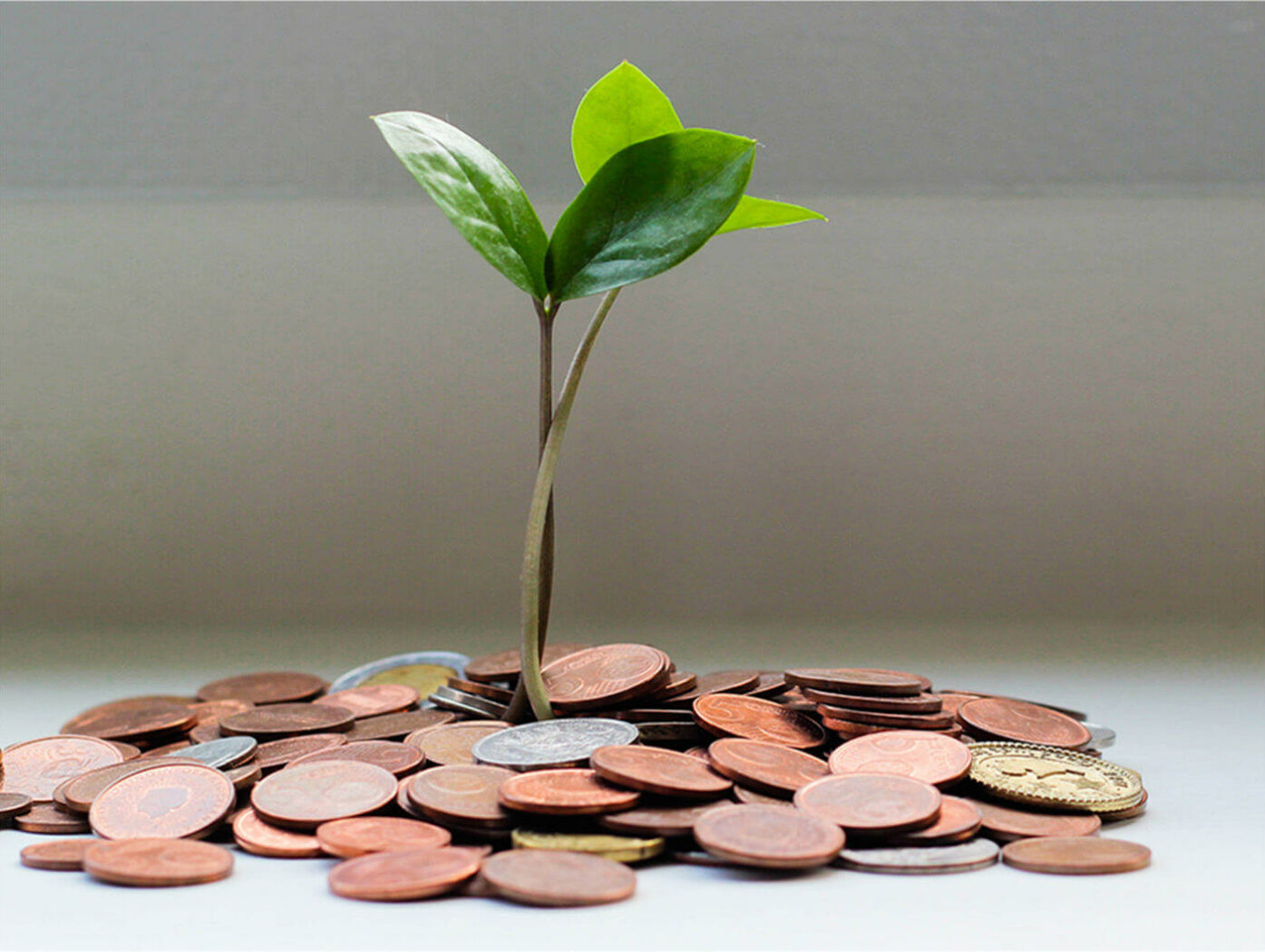What is Impact Investing?

Blank stares…
I’ve received quite a few raised eyebrows, scrunched up foreheads, or worse, blank stares when telling friends and family I work in impact investing. Understandable. Most people aren’t used to hearing the words impact and investing together. When thinking about making an impact, they likely envision volunteering for a local nonprofit or donating to a cause they care about. Investing, on the other hand, feels more impersonal. Money is invested to make more money; no need to spend a lot of time thinking about impact beyond investment returns…so the common thinking goes.
In truth
All investments have impact – positive or negative. Does it really make sense to donate to organizations combatting climate change while investing in fossil fuels or to fight for social justice while investing in companies with poor labor practices?
The Global Impact Investing Network defines impact investments as “investments made with the intention to generate positive, measurable social and environmental impact alongside a financial return.” Often described as the pursuit of a double bottom line, impact investments offer the potential to positively impact the planet and its people while also generating strong financial returns for investors.
Impact Investing ≠ ESG
One common question is whether ESG (which stands for environmental, social, and governance) and impact investing are the same. Although the terms “ESG” and “impact” are sometimes used interchangeably when talking about sustainable investing, there are some important differences. ESG investing evaluates how a company’s environmental, social, and governance practices impact the company’s bottom line. While ESG investing looks at how the world impacts companies, impact investing looks at how companies impact the world.
Impact investing provides capital to help solve global challenges. The United Nations Sustainable Development Goals (SDGs) have rallied the world to reduce poverty and inequality, improve health and economic opportunity, and mitigate the harmful effects of climate change. There is a vast gap, however, in the level of investment needed to realize these ambitions, currently estimated at $4.2 trillion annually. Impact investing can help close that gap by providing capital to companies who are implementing innovative, sustainable solutions. Companies that are, for example, developing new educational technologies to improve learning outcomes, addressing healthcare inequalities, advancing sustainable food systems, and creating affordable housing.
Impact Investing = Doing Well + Doing Good
We’ve likely all heard the quote “be the change you want to see in the world.” Impact investing enables us to take this one step further and invest in the change we want to see in the world. At Uplifting, we help investors align their investments with their values in order to make the world a better place.

